How Google accidentally created the ultimate Digital Wellbeing feature
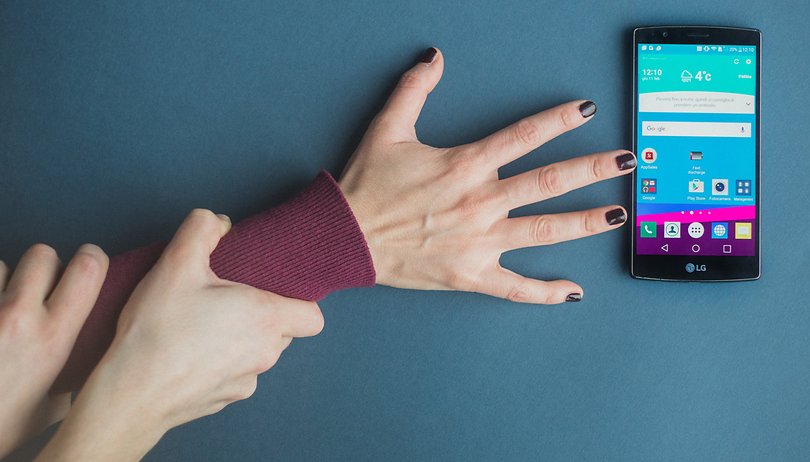

When Google unveiled its plans for giving smartphone users the tools to put down their devices and spend more time in the analog world, eyebrows were raised in our editorial office. Some saw the move as the pub landlord campaigning for us all to cut back on drinking, others predicted it simply wouldn't work. We're too addicted, too dependent. Fast-forward to today and Google has accidentally achieved its goal, but not how you might think.
They call it JOMO - Joy of Missing Out. Eighteen months ago, Google had identified a problem. "As technology becomes more and more integral to everything we do, it can sometimes distract us from the things that matter most to us," the company claimed. There is little argument about the sentiment. We all use our smartphones too much. We are all victims of systems that have been designed to keep us glued to our screens, coming back for more, and more, and more.
Google has built upon its early Digital Wellbeing tools, which initially were designed to give smartphone users more information and data about how much they were using their devices. After all, the first step on the road to recovering from any addiction is accepting that you are addicted in the first place. The Mountain View company has since grown the feature set and taken it to new levels of the extreme.
In October 2019, Digital Wellbeing launched arguably it's most drastic digital detox feature set. Six new apps were dropped at once, the most extreme of which is certainly Paper Phone. In a bid to help you break away from your smartphone, Paper Phone is a printable booklet that is designed to get you through a single day without the need for your digital device at all. It includes things like your schedule, the contacts you'll need for the day and even a map.
Others have also tried to combat smartphone addiction with mixed results. Last year's Palm phone, the mini companion phone that aims to help you use your main phone less, was cute but pretty impractical given that it costs as much as a decent mid-range smartphone. And yet, in the middle of all of this, it was Google itself that launched the best digital wellbeing solution for me personally this year, baked right into the Pixel 4.
Why poor battery life has been digitally detoxing for me
I was super excited for the launch of the Google Pixel 4 this year. I have written about my love for the Pixel 3a, and I was already sold on 90Hz display technology after spending some time with the OnePlus 7T Pro. The Pixel 4 was also coming in a more compact, almost old-school size compared to every other high-end Android phone on the market today. It had everything on paper, for me at least.
When I reviewed the phone I discovered, much like every other reviewer, that the battery life on Google's new flagship was pretty atrocious. The Pixel 4 XL does slightly better, but the smaller version is comically bad. Especially when you take advantage of the new 90Hz display. Google added a switching system into the software which flips between 60 and 90Hz based on how you use the device, but I didn't like it. I felt it wasn't smart enough, and the constant change in the refresh rate was jarring. I dipped into the developer settings and forced the Pixel to keep the display at 90Hz permanently.
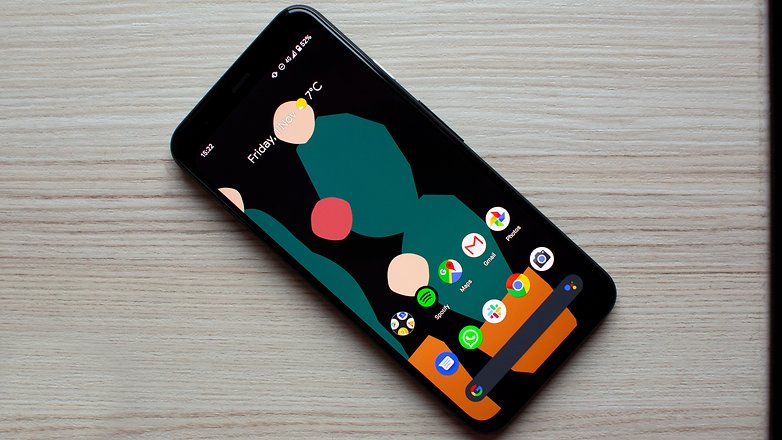
And that's when it all fell into place. The perfect digital wellbeing feature. After all, you can't spend 10 hours a day staring at your screen if it's dead after six.
Sure, I could just charge it more often, and when I really need it for work that's exactly what I do. But leaving the house on 100 percent battery life in the morning and trying to get to the end of the day on a single charge has become a strange kind of challenge for me. As I mentioned, I make the rules of the game hard. The screen is always at 90Hz. I don't charge it at my desk at work even though I have a fast-charger sitting right there. I don't plug it in until I go to sleep at night. The only way to get through the day is to use it sparingly.
I use the Pixel for most of my daily essentials such as listening to Spotify on my commute, paying with Google Pay in the supermarket at lunch, and answering messages and checking emails when I'm not at my desk. I'm not a big social media guy but I do use WhatsApp.
The game takes a bit of will power, of course. Resisting the urge to charge when you know you are not going to make it through the day is tough. But over time you will learn the habits to overcome where you previously failed.
It sounds silly, but terrible battery life is the best digital wellbeing feature Google has come up with so far. You can keep your Unlock Clock and your Flip to Shhh and your usage data. The best way to learn how to use your smartphone less is to buy a Pixel 4 and only charge it once per day.
Will we see manufacturers run with this idea? Probably not. I have joked in the office with colleagues about a 5-hour smartphone, that will only recharge once a day. I am just playing around of course, but with digital addiction showing no signs of slowing down, could you envisage a world where these types of devices become available as a kind of smartphone methadone? I might be crazy, but I don't think it's the worst idea in the world.
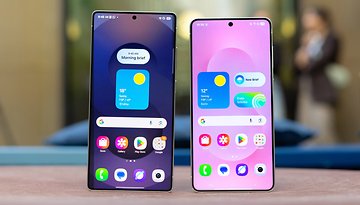


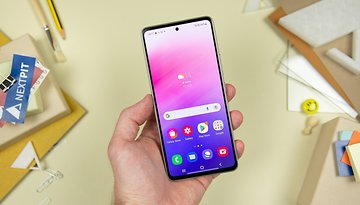

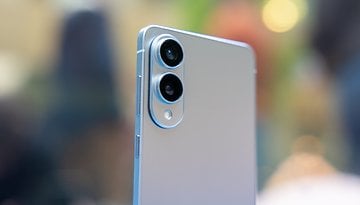
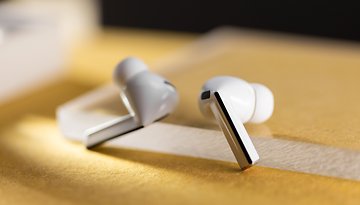
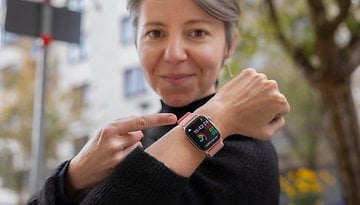
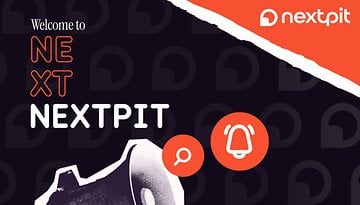





Yesterday I used my smartphone for 9 hours 45 minutes. :-)
LONGLIVEWISDOM
It is not very wise to stare at a small screen for so long. I hope you use you blue filter when you can or get some good blue light filtering polarized glasses to protect your eyes. You can seriously damage your eyes over time using your phone that much.
Mark Sir ok, I will. Sorry Sir.
That's pretty dummb. Stop spreading fake sht on the web u morrron. Here see this: youtu.be/NkJY9bgLyBE
-
Admin
Dec 25, 2019 Link to commentIt is a matter of real willpower and there are no tricks or apps. Just give yourself limits and rules and follow them.How can you look at your face in the mirror every morning if you are not even able to follow your own rules?